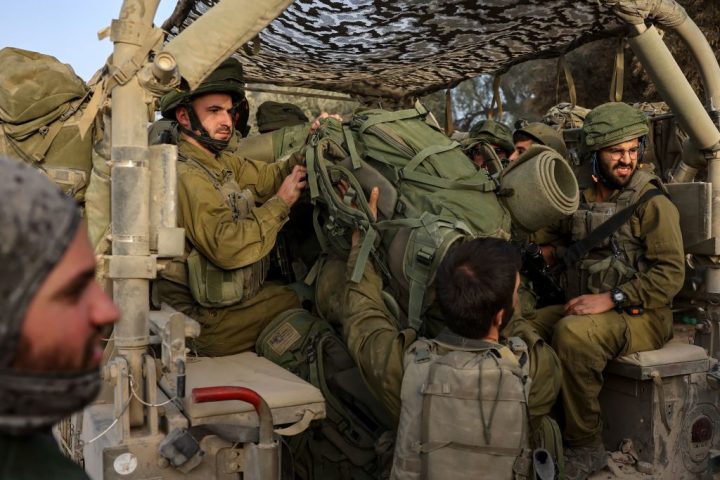Originally meant to expire on Monday, the ceasefire between Israel and Hamas has been extended by at least two days. During the first four days of the ceasefire, 69 hostages abducted on 7 October, including 50 Israelis and 19 foreign nationals were freed by Hamas. In return, Israel freed 120 Palestinian prisoners, many incarcerated for terrorism offences.
Already a subscriber? Log in
Subscribe for just $2 a week
Try a month of The Spectator Australia absolutely free and without commitment. Not only that but – if you choose to continue – you’ll pay just $2 a week for your first year.
- Unlimited access to spectator.com.au and app
- The weekly edition on the Spectator Australia app
- Spectator podcasts and newsletters
- Full access to spectator.co.uk
Or




















Comments
Don't miss out
Join the conversation with other Spectator Australia readers. Subscribe to leave a comment.
SUBSCRIBEAlready a subscriber? Log in